Everyone, do you know about microphones called boundary microphones?
Generally, when people think of microphones, they often imagine handheld mics like the SM58.
However, those who regularly shop at Sound House probably know that there are many different types of microphones besides handheld ones!
So today, I will introduce the lesser-known ‘boundary microphone’, including its functions and features, ideal scenarios and uses, and recommended models.
1. What is a Boundary Microphone?
Let’s look at a representative product.
As mentioned at the beginning, many people are surprised when they first see this and learn that it’s a microphone.
The main feature of a boundary microphone is its shape.
It has a flat design and can be placed on flat surfaces like desks, floors, or walls.
Most boundary microphones are used without attaching to a stand, making them convenient desktop microphones.
The second notable feature is their directivity.
Most boundary microphones are omnidirectional, meaning they can capture sound from a wide area. This design makes them especially effective for picking up sounds from multiple directions with a single microphone, differing from the common handheld type of microphones.
Next, let’s explore where these boundary microphones are typically used.
2. Usage Scenarios
If you’re curious about the actual usage scenarios of boundary microphones, here are some common ones.
① Meetings
Boundary microphones are ideal for capturing the voices of multiple people with a single microphone.
In meetings, where several people sit around a table and speak at once.
It’s okay to set up a table microphone for each person, but this requires the number of microphones and input channels for each person, which can be costly and cumbersome.
However, a boundary microphone can effectively capture everyone’s voices in this setup thanks to its omnidirectional feature and design.
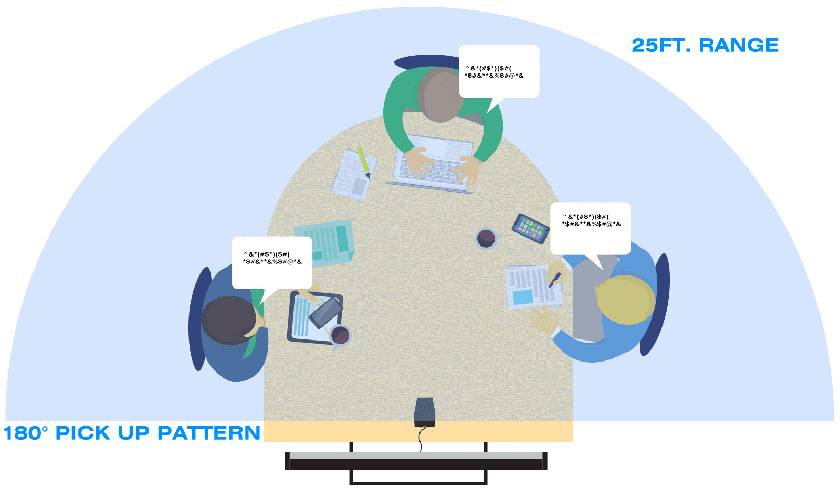
② Interviews
When using a directional handheld microphone for interviews, you need to point it at the speaker’s mouth to capture their voice accurately. If not done correctly, it may not pick up the sound well.
A boundary microphone, placed on a desk, can clearly capture the voices of both the interviewer and interviewee, making it suitable for one-on-one or group interviews.
③ Stage and Theatre
Boundary microphones also shine in stage and theater settings. Their flat form makes them unobtrusive when placed on the floor or a table, ensuring they don’t interfere with the performance.
④ Bass Drum and Percussion Recording
Some boundary microphones sold at Sound House are designed specifically for recording bass drums. They are typically placed inside the bass drum hole, making setup very easy.
The unique design of boundary microphones makes them versatile for various scenarios.
3. Types of Boundary Microphones
Boundary microphones can be broadly categorized into two types based on their output method:
Digital (USB) and analog (XLR).
Both are Samson boundary microphones, with the UB1 USB on the left providing digital output via USB and the CM11B on the right offering analog output via a mini-XLR to XLR cable.
Ensure to check the type before purchasing! Choose based on your needs.
For remote meetings, the UB1 USB that allows for a USB connection to a computer is ideal, while for interviews directly connected to a camera or PA systems, the CM11B with an XLR connection is recommended.
Sound House offers both types.
Be sure to check the category carefully when searching.
⇒ List of USB Boundary Microphones
⇒ List of XLR Boundary Microphones
4. Recommended Models
Here is a selection of our recommendations.
■ USB Connection
MXL / MXL-AC44-TAP BLACK PC Boundary Microphone
This microphone, featuring three capsules, reduces indirect sound while capturing direct sound for optimal audio quality.
It supports USB-C for plug-and-play functionality, appealing to Mac users, too. Its slim design and durable all-metal construction make it a solid choice.
MXL / AC-404 White USB Boundary Microphone
This model includes a headphone jack for use as a recording output.
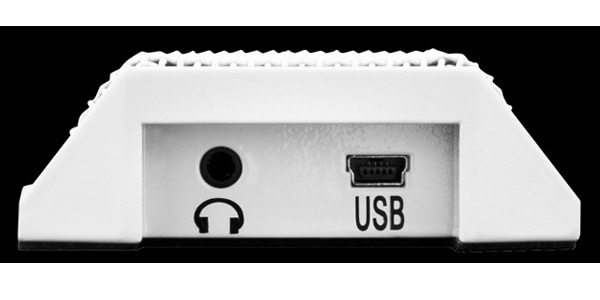
It stands out with its rare white color, ideal for both black desks for the contrast of colors and white desks for matching color.
It’s one of the most affordable options among USB boundary microphones available at Sound House.
Check out our video where we compare MXL boundary microphones in action!
[MXL Boundary Microphone Comparison Video]
■ XLR Connection
Shure / BETA91A Boundary Microphone for Bass Drums and Percussion
Perfect for capturing the sound of bass drums and traditional low-frequency instruments like pianos. It features a switch to filter low-mid range response, providing strong ‘punch’ at low frequencies and ample attack at high frequencies. Use in flat mode for a natural sound.
A wide-band condenser unit with an ultra-light diaphragm ensures clear sound. It is a unidirectional type, which minimizes the risk of picking up unwanted noise. Its lightweight, compact, and robust design makes it easy to place anywhere.
How was it?
I introduced boundary microphones today.
As many of you know, Sound House’s head office is located in Narita, which isn’t the most accessible location... Hence, we often use boundary microphones for remote meetings, both with other companies and within our branches!
Take this opportunity to explore various types of microphones!





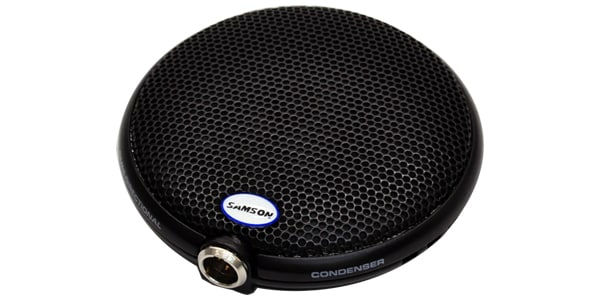
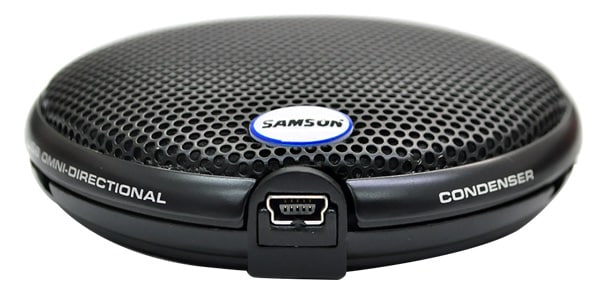
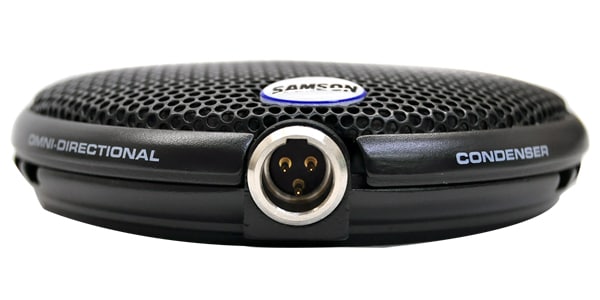
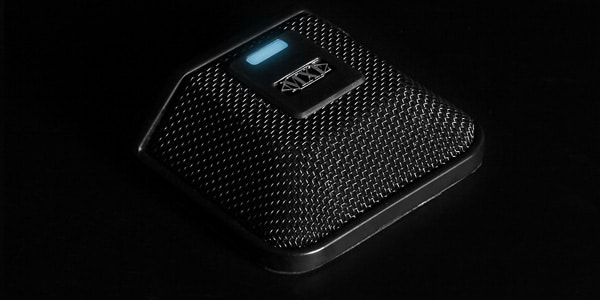

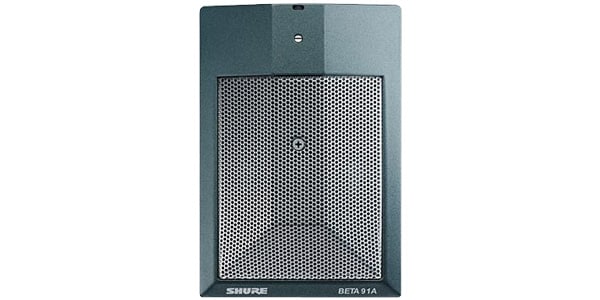
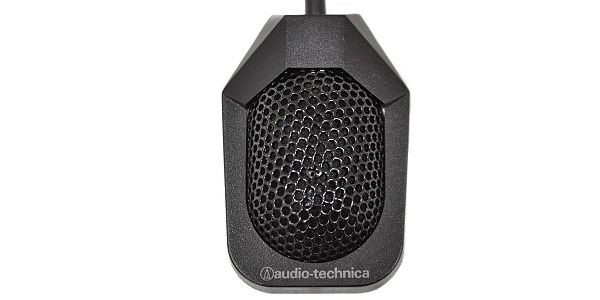



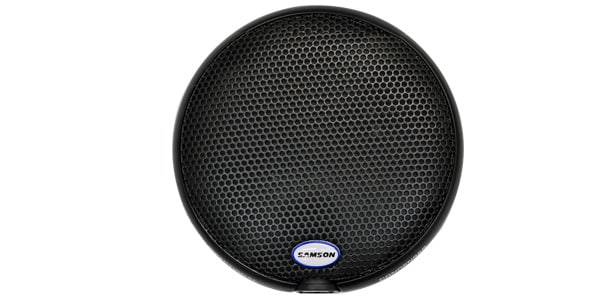



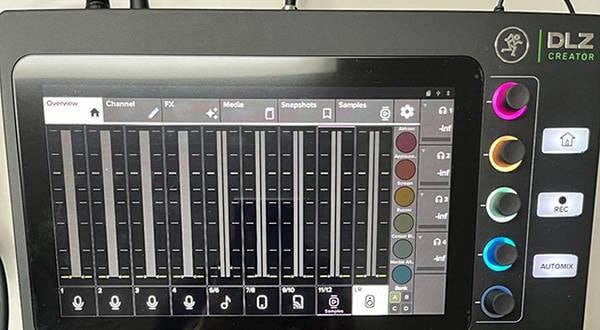
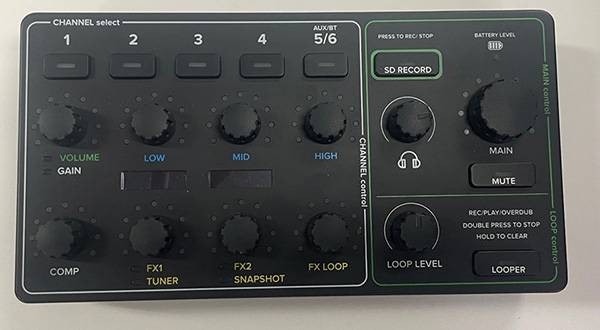
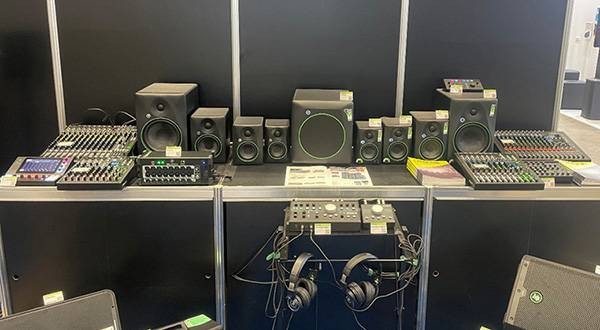

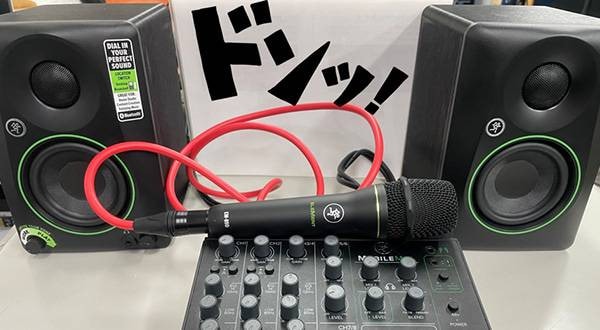
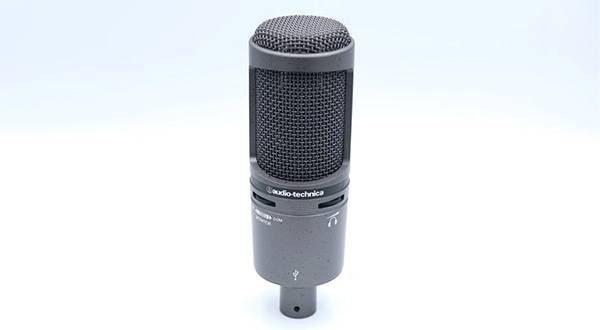
![An Exploration of Microphones: [USB Microphone Edition]](/contents/uploads/thumbs/5/2021/11/20211118_5_15199_1.jpg)
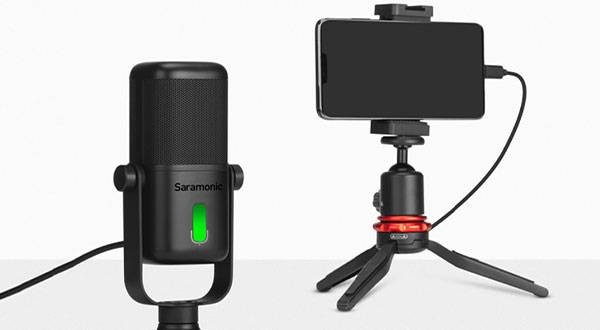
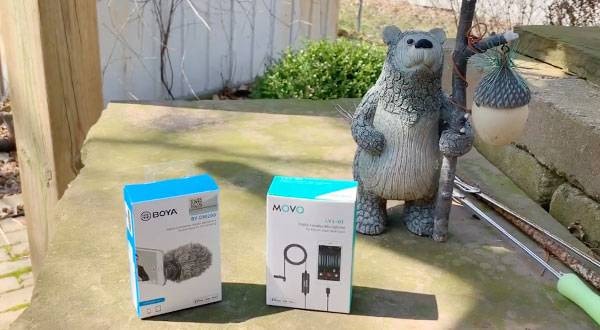
![[The Latest in 2025] Recommended 7 USB Microphones](/contents/uploads/thumbs/2/2021/5/20210531_2_13026_1.jpg)
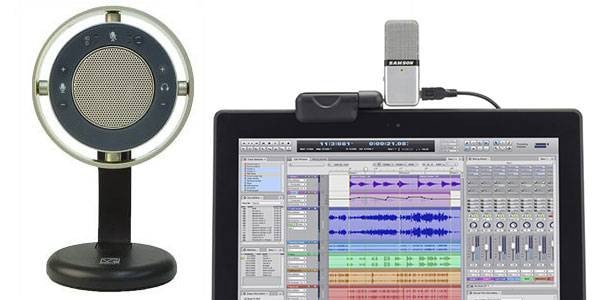
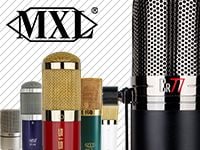 MXLマイク購入ガイド
MXLマイク購入ガイド
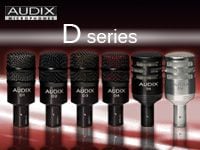 ドラム用マイク AUDIX Dシリーズ
ドラム用マイク AUDIX Dシリーズ
 スマホ用ワイヤレスマイク特集
スマホ用ワイヤレスマイク特集
 初心者向けUSBマイクの選び方
初心者向けUSBマイクの選び方
 コンデンサーマイクとは
コンデンサーマイクとは
 ワイヤレスマイクロホン
ワイヤレスマイクロホン















